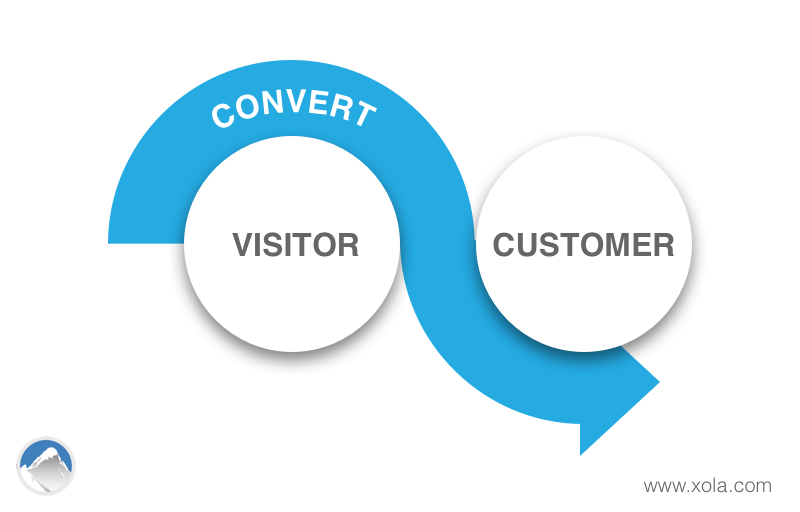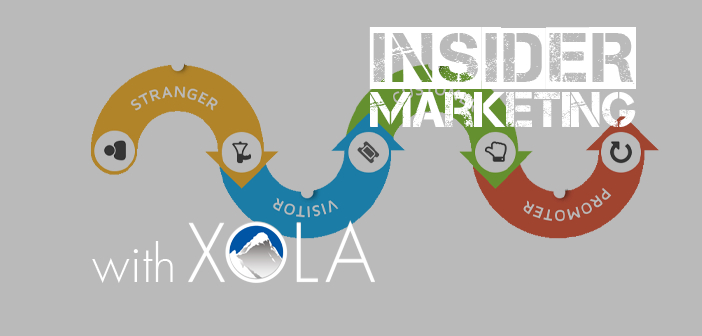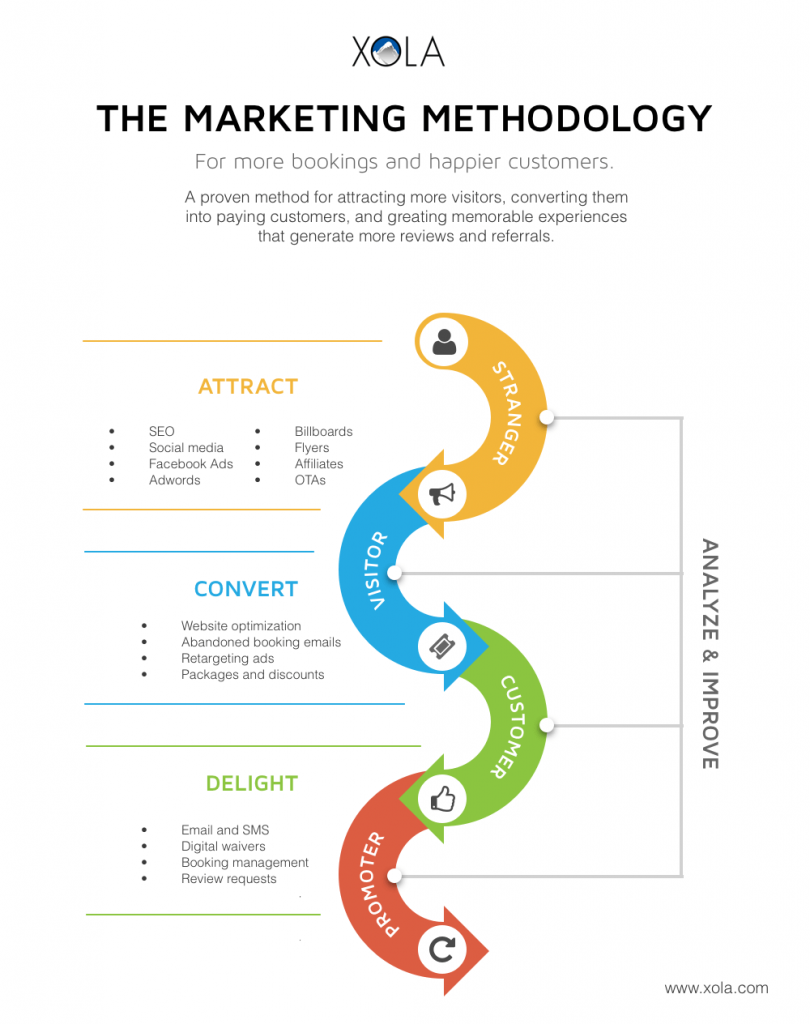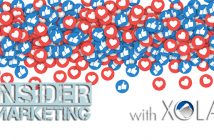There is no such thing as the perfect marketing plan. There is no copy-and-paste template that is guaranteed to increase bookings and revenues, because every aerial adventure park business is unique. Several factors contribute to this differentiation: location, seasonal weather, customer demographics, product mix, etc.
If I’ve learned one thing from my experience as a marketer, it’s that there is no silver bullet. What works for one company doesn’t always work for another.
But there is one thing that every successful marketing plan has in common: even if they use different tools and tactics, they all use the same method.
The Three Phases of Marketing
The path to attracting new customers is long. It’s easy to get lost and lose people along the way.
That’s why successful marketers take a methodical approach and divide their strategy into steps, or phases. They recognize that the steps needed to turn a stranger into a visitor, a visitor into a customer, and a customer into a loyal promoter, are very different. And each phase requires different tactics and marketing tools.
The methodology successful marketers use follow three primary phases: attract, convert, and delight.
1. Attract
The first step in a successful marketing plan is to determine how to attract new visitors to your website and business location. Before deciding which tactics you’ll use to do this, it’s important to know who your customer is first: age, gender, location, etc. Most importantly, where do they go to discover tours and activities like yours?
Popular tactics include using billboards, review sites (like TripAdvisor and Yelp), social media, and digital ad platforms like AdWords and Facebook.

Successfully attracting visitors is a delicate art. After all, you don’t want just anyone landing on your website or wandering into your front lobby. You want to attract the people who are most likely to become paying customers and loyal promoters. That’s why it’s vital to know who your customer is so your marketing tactics are spear fishing, not just casting a wide net.
2. Convert
Just because someone visits your website or drops by the lobby doesn’t mean they will make a booking. In fact, it’s normal for only 3 to 5 percent of online visitors to convert into paying customers.

The first rule of the convert phase is to give your visitors a reason to buy. Make sure your website is attractive and professional. It should reflect the quality of your tours.
Then, focus on making the booking process smooth and simple. Poorly designed online checkouts can frustrate visitors and cause them to abandon their booking, meaning less customers for you.
In short, the more you can do to increase your website conversion rates, the more effective (and cost-efficient) your marketing campaigns will be. Every marketing strategy should have a plan to increase the number of visitors who become paying customers.
3. Delight
Your marketing shouldn’t stop when the customer hands you his or her credit card information. After all, what’s the point of getting new customers if they have a bad experience?
A poor customer experience can lead to bad reviews and a bad reputation. On the other hand, a delightful experience leads to more 5-star reviews and increases the likelihood that customers will recommend your business to friends, making it easier and less expensive for you to grow the business.

When it comes to creating a truly delightful customer experience, the little things matter big.
In reality, the customer experience begins on your website, where most customers form their first impression of your business. It continues after the purchase when you send confirmation emails and reminder emails, getting guests excited for their trip and helping them prepare.
Tools like digital waivers and zipline booking software can help streamline the check-in process, which is especially important for aerial adventure companies with a high-volume of guests. After all, nobody likes to wait in line.
But the real secret to creating a delightful experience is the staff. Interpersonal interaction is far more memorable and impactful—for better or worse. It isn’t easy to make guests feel safe, engaged, and delighted every day. But it is very possible. That’s why it’s so important to hire great guides and provide ongoing training.
Most people don’t think about hiring, training, and managing operations when they think about their marketing plan. But in reality, the customer experience is everything. If you don’t provide a great experience, you won’t have anything to sell.
Analyze and Improve
You might notice that “analysis” is not included in the three phases of the the marketing methodology. That’s because analysis should be a part of everything you do. If you can’t measure your success (and failures) across each phase, it’s impossible to improve.
If you’re new to marketing analytics, I have only one suggestion: keep it simple. Focus on a few simple revenue-driven metrics, and ignore the rest.
Check your metrics periodically. If you notice your campaigns are performing well, take note and try to replicate that success in other places. If you notice your campaigns are underperforming, don’t give up too quickly. Try tweaking the campaign once or twice before you pull the plug. Sometimes minor adjustments can make a big difference.
Every successful aerial adventure operation’s marketing plan uses some variation of the marketing methodology discussed here. Even if the plan doesn’t use these exact terms, all should recognize that successful marketing isn’t just about big billboards or steep discounts. Quality marketing is about the whole customer journey, from stranger to visitor to customer—and beyond.
For a more in-depth look, read our Xola University article on how to create a challenge course or zipline marketing plan.
For more on how to improve your marketing plan, subscribe to the Adventure Park Insider newsletter, and look out for more articles in the Insider Marketing series where we dive into the tactics and tools needed to successfully generate more bookings and make happy customers.







